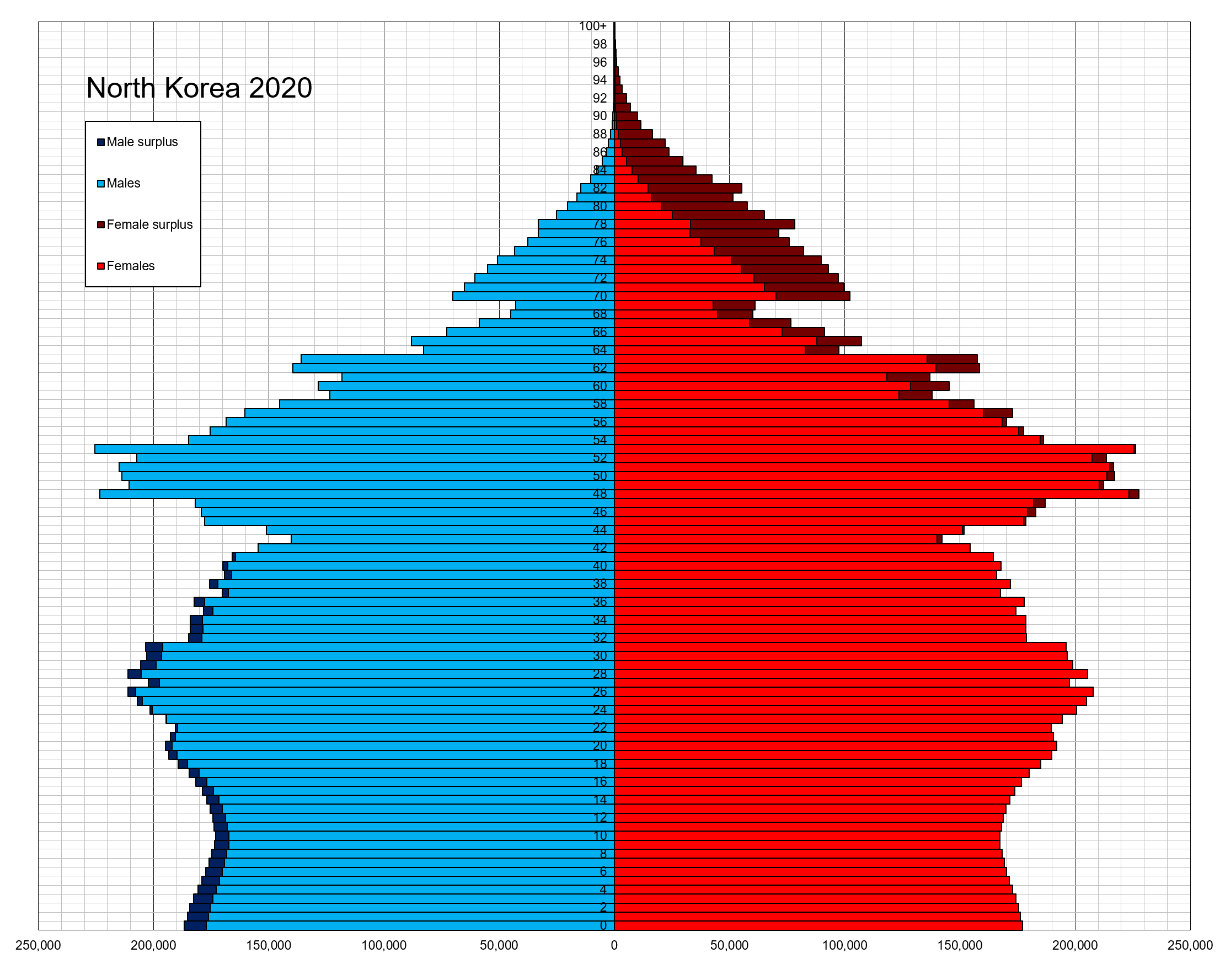
Wikipedia
North Korea: A Unique Case of Population Decline in a Poor Economy
Declining Population in a Developing Country
North Korea, one of the world's poorest economies, is facing a unique demographic challenge: a declining population. While population decline is typically associated with developed countries, North Korea's situation is particularly noteworthy due to its economic underdevelopment.
Current Population Status
As of 2023, North Korea's population is estimated at 63.2% urban, with an urban population of 16,533,344 people. However, the country's total population is projected to peak in 2037 at 26.87 million, just over 1 million more than its current level.
Unique Case
Demographers estimate that North Korea's population will begin declining from 2044, some two decades later than in South Korea. This divergence from the typical demographic trajectory of developing countries makes North Korea an outlier.
Cause of Decline
The causes of North Korea's population decline are complex, but are likely related to both economic factors and government policies. The country's chronic economic difficulties have contributed to low fertility rates, while government policies, such as strict birth control measures, have also played a role.
Implications
The declining population in North Korea poses significant challenges for the country's future. A smaller workforce could hinder economic growth, while an aging population could strain healthcare and pension systems. It is crucial for North Korea to address these challenges through sustainable population policies.

Wikipedia


Comments